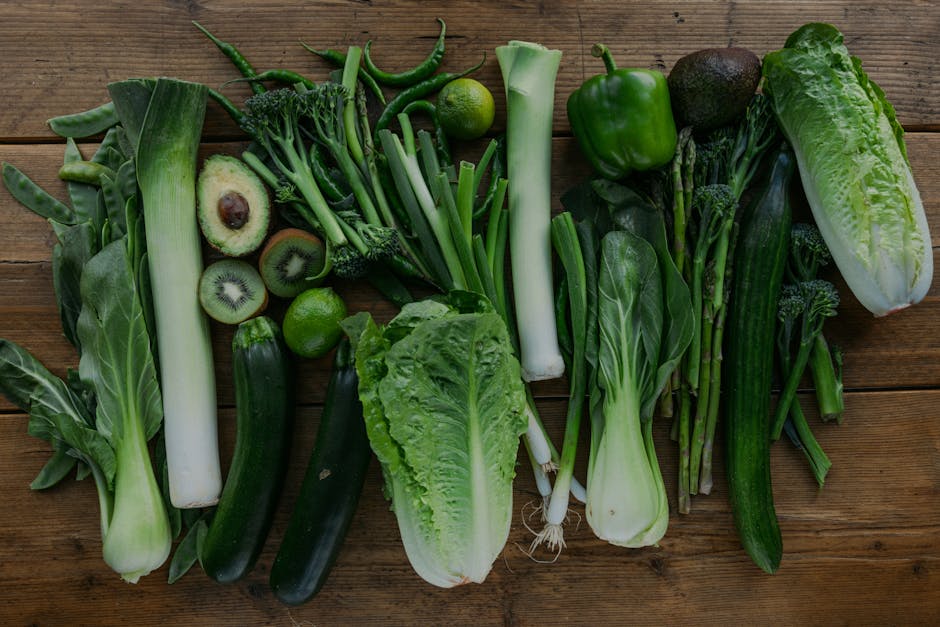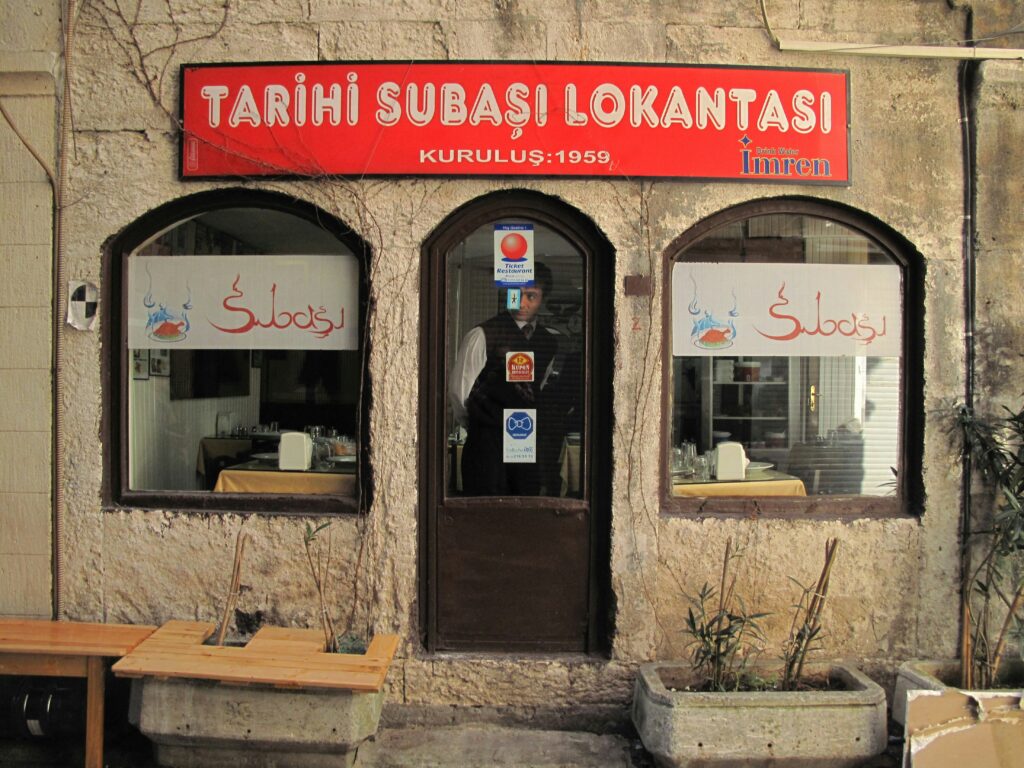What is Sustainable Eating?
Sustainable eating is about choosing food that’s good for your body—and for the planet. It’s not just a trendy diet or a greenwashed label. It means making food choices that support long-term health, reduce environmental harm, and treat people fairly across the supply chain. Simple as that.
This goes way beyond calorie counts and cutting carbs. A sustainable plate asks: where did this come from? How was it grown? Who grew it—and were they paid fairly? It pulls in questions of carbon emissions, water use, animal welfare, pesticide impact, food accessibility, and waste.
In short: it’s a wider lens. Yes, it’s about eating nutritious meals. But it’s also about not trashing the soil they’re grown in, not overfishing oceans, and not ignoring the invisible labor behind your groceries. It’s about eating with awareness, not perfection. And in today’s food system, that sort of awareness isn’t optional—it’s essential.
Prioritize Local and Seasonal Foods
Choosing locally grown and seasonal produce is a small shift with big benefits. It supports regional farmers, reduces the environmental cost of long-distance transportation, and often delivers fresher, more nutrient-rich food.
Why Local Matters
Buying local helps:
- Lower greenhouse gas emissions by reducing trucking and shipping
- Boost local economies and strengthen food resilience
- Shorten the supply chain, increasing transparency and freshness
How to Source Seasonal Foods
Not sure what’s in season? Here are a few starting points:
- Visit farmers markets or local co-ops
- Sign up for a community-supported agriculture (CSA) box
- Use free apps or seasonal food guides to track what’s growing in your region
Eat More Plants, Less Processed Meat
Reducing processed meat in favor of plant-based meals is one of the clearest paths to a healthier diet and a lighter environmental footprint.
Why Go Plant-Forward?
Shifting to a plant-centric diet:
- Reduces water usage and deforestation associated with industrial meat
- Cuts down methane emissions from livestock farming
- Can help lower your risk of chronic illnesses like heart disease and type 2 diabetes
Smart Protein Swaps
You don’t have to go fully vegetarian to make a difference. Try these:
- Replace burgers with lentil or bean patties
- Use tofu, tempeh, or legumes as main course proteins
- Incorporate whole grains like quinoa or farro that are protein-rich and satisfying
Minimize Food Waste Like a Pro
The average household throws away a significant portion of food annually—much of it preventable. Reducing food waste is an impactful part of sustainable eating.
Waste Less with Simple Habits
Start with small but meaningful changes:
- Plan meals before you shop
- Store produce properly to extend freshness
- Shop with a list to avoid impulse buys
Composting Counts Too
When food scraps happen, composting is a smart next step. It:
- Keeps methane-producing waste out of landfills
- Creates nutrient-rich compost for gardens or community spaces
- Closes the loop on your food cycle
Choose Organic (When It Matters Most)
Organic isn’t always necessary—but there are cases where it makes a big difference.
Understanding Organic
Organic farming generally avoids synthetic pesticides and fertilizers, and supports soil and ecosystem health.
When it’s most worth it:
- Produce on the “Dirty Dozen” list (like strawberries and spinach)
- Animal products (to avoid growth hormones and antibiotics)
Decode the Labels Without Overwhelm
Look for certifications that truly mean something:
- USDA Organic (United States)
- EU Organic (European Union)
- Non-GMO Project Verified (for key crops)
Use this information strategically based on your budget and priorities.
Support Ethical and Transparent Food Systems
The food you buy has far-reaching implications. By choosing to support ethical companies and sustainable farms, you vote for the kind of food system you want to see.
Conscious Spending Isn’t Just Trendy
It’s transformative. Your choices can:
- Promote fair wages for farmworkers
- Encourage better animal welfare standards
- Increase demand for transparency and accountability
Ask the Right Questions
Before you buy, consider:
- Where did this food come from?
- Who grew or raised it—and under what conditions?
- Does the brand disclose sourcing and labor practices?
Even occasional mindful purchases can add up to meaningful change over time.
Why It’s Worth the Effort
Sustainable eating isn’t always convenient, but the long-term upsides are hard to ignore.
On a personal level, less processed food and more whole, plant-based meals mean better digestion, lower inflammation, and a reduced risk of chronic diseases. You’re fueling your body with nutrients it actually knows what to do with. Over time, that adds up to more energy, better focus, and fewer trips to the doctor.
Then there’s the planet. Shifting what’s on your plate can cut your water use drastically, slash carbon emissions, and protect biodiversity. Industrial farming chews through natural resources. Eating sustainably—more plants, less meat, and fewer food miles—helps slow that damage. It’s diet as environmental action.
Socially, buying from transparent, local suppliers supports small farms, fair labor, and regional economies. Your dollars don’t disappear into a multinational supply chain—they stay closer to home and reward the people working hardest (and smartest) to do things right.
Sustainable eating isn’t just a personal choice. It’s a collective shift. And it quietly reshapes the world one meal at a time.
Sustainable Eating Around the World
Sustainable eating isn’t a new concept—it’s something many cultures have practiced for generations, often out of necessity or tradition rather than marketing. Mediterranean diets, for example, lean heavy on olive oil, legumes, whole grains, and seasonal produce. In Japan, menus are packed with vegetables, seafood, and fermented foods, often in modest portions and with minimal waste. Indian vegetarianism, especially when rooted in local and seasonal availability, checks a lot of boxes for both sustainability and nutrition.
From the coastal quinoa fields of Peru to the millet-based meals of West Africa, traditional diets tend to follow a similar playbook: use what’s available, waste nothing, and balance nutrients naturally. These food systems aren’t perfect, but they’ve been shaped by geography, climate, and resourcefulness—something modern eaters can learn from.
The takeaway? You don’t need to reinvent the wheel. Looking outside your own food culture might be the easiest way to reboot your habits in a climate-conscious way.
(Explore further: Culinary Travel – Exploring World Food Markets)
Getting Started Without Getting Overwhelmed
You don’t need to overhaul your entire diet to eat more sustainably. Start by changing one habit at a time. Swap one ultra-processed snack for a fresh, local item. Cook one meatless meal per week. Freeze leftovers instead of letting them rot in the back of the fridge. These small actions add up fast.
To stay on course, leverage tools that don’t get in your way. Apps like Seasonal Food Guide help you find in-season produce nearby. Too Good To Go lets you grab surplus food from local shops before it gets trashed. Meal planning apps like Mealime or Paprika reduce impulse buys and wasted food.
Tracking helps too, but don’t turn it into a science project. A simple checklist or journal works. Note what changes you’ve made and how they felt—more energy, less trash, tighter grocery budget. The key is noticing progress, not aiming for perfection. Sustainability is a long game. Treat it like any habit: keep it doable, personal, and worth repeating.
Final Thought
Sustainable eating isn’t about fads, detoxes, or food guilt. It’s about approaching the plate with a long view. This mindset values where food comes from, how it’s grown, and who gets affected along the chain. It’s less about being perfect and more about being aware.
Every time you choose local over shipped-from-afar, or opt for a lentil stew instead of a heavily packaged meal, you’re voting with your fork. These small, often quiet decisions don’t just impact your own health—they send ripples through food systems, economies, and ecosystems.
The bottom line: sustainable eating isn’t flashy. But it’s powerful. And it starts with what’s in your fridge today.


 Charles brings his sharp eye for detail and love of global cuisine to FoodHypeSaga. His writing dives into food culture, exploring fresh trends and unique flavors with a modern perspective.
Charles brings his sharp eye for detail and love of global cuisine to FoodHypeSaga. His writing dives into food culture, exploring fresh trends and unique flavors with a modern perspective.

